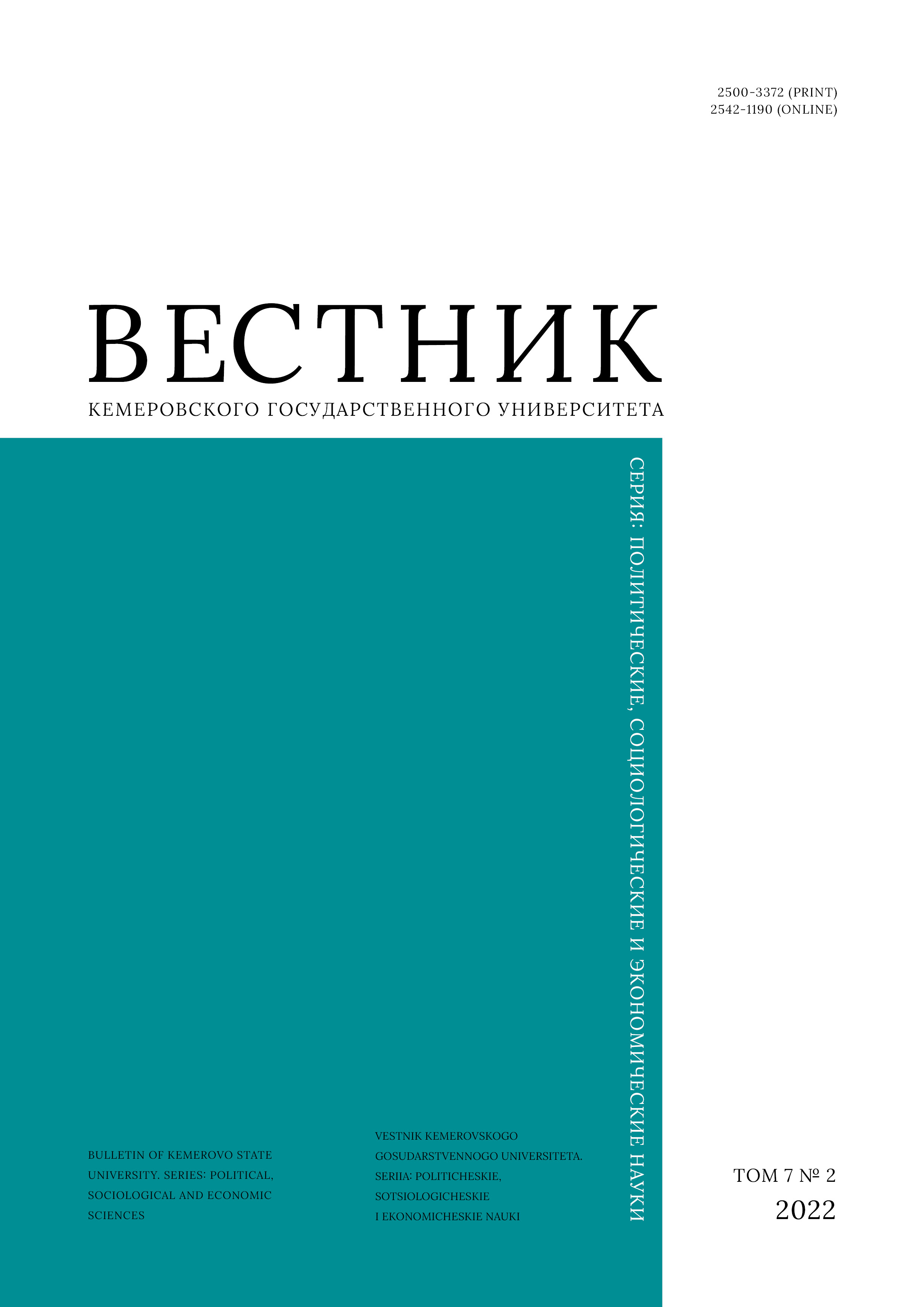Novosibirsk, Russian Federation
Novosibirsk, Russian Federation
The article introduces a new strategic and operational method to organize customer relationships in an outsourcing IT company. Customers are classified into long-term active clients, long-term passive clients, and short-term clients, i.e., according to their project involvement and interaction scope. Such components as Communication and Business serve as strategic characteristics, while Communication, Project, and Initial Data are operational characteristics. These components have the greatest impact on the way companies plan their relationships with customers in operational and strategic aspects. Based on their empirical experience in the field of IT outsourcing, the authors propose a priority of metrics that characterize these components. The new methodology allows IT companies to increase the efficiency of their project activities of by monitoring the maximal coefficients, as well as to plan their optimization. This method is especially efficient for projects that last longer than one year. It can be applied together with other project assessments and relevant metrics.
outsourcing, IT company, project management, customer relations, communications, tariff rates, strategic customer metrics, customer operational metrics
1. Feygin G. F., Hayduk A. B. ICT outsourcing market: new trends of development. Izvestiia Sankt-Peterburgskogo gosudarstvennogo ekonomiceskogo universiteta, 2021, (4): 81-86. (In Russ.)
2. Borkova E. A., Manzhukova D. T., Medvedeva N. D. Analysis of the IT outsourcing development in Russia referring risks of its use. St. Petersburg Economic Journal, 2019, (3): 131-138. https://doi.org/10.25631/PEJ.2019.3.131.138
3. Lisitsyn M. O. Problems of IT outsourcing and their solutions in Russia. Innovation & Investment, 2016, (9): 68-73. (In Russ.)
4. Bozhinova K. Assessing customer appeal for MPS. Anual Almanac. Scientific research on doctoral studies at D. A. Tsenov Academy of Economics in Svishtov. Svishtov: AI Tsenov, 2014, book 7, 164-198. (Bulg.) http://dx.doi.org/10.2139/ssrn.2748455
5. Kazakov V. V., Grachev A. E. The methods project’s evaluation. Vestnik Tomskogo gosudarstvennogo universiteta, 2006, (292-2): 392-395. (In Russ.)
6. Nikolenko P. G., Bocharov V. A., Klyueva Y. S., Bukvić R. M. Theoretical aspects of buyer loyalty. 15th International Multidisciplinary Scientific Conference - Eurobrand, Zrenjanin, 24-26 Nov 2017. Zrenjanin: TQM Center - Inventive Center, 2017, 140-158. URL: https://papers.ssrn.com/sol3/papers.cfm?abstract_id=3161293 (accessed 9 Mar 2022). (In Russ.)
7. Sergievsky M. V., Konkin A. Yu. Optimization of UML class diagrams via description logic. Cloud of Science, 2017, 4(3): 465-479. (In Russ.)
8. Trufanov V. A. Application of the User story method in web processing. Chronos: natural and technical sciences, 2020, (3): 4-5. (In Russ.)
9. Sokolova E. S. Peculiaities of the marketing of IT-companies. Beneficium, 2019, (2): 47-56. (In Russ.) https://doi.org/10.34680/BENEFICIUM.2019.2(31).47-56
10. Semenov S. A., Kukartsev V. V., Razumniak A. V. Development of a methodology for the preliminary assessment of IT projects. Innovation & Investment, 2018, (6): 73-76. (In Russ.)
11. Khapov A. V., Maslenikov K. Yu. Description of business processes using user story mapping. StudNet, 2020, (10). URL: https://cyberleninka.ru/article/n/opisanie-biznes-protsessov-s-ispolzovaniem-kart-polzovatelskih-istoriy (accessed 15 Dec 2021). (In Russ.)
12. Kopkova E. S. Vlasova Yu. E. Customer’s loyalty index - control lever of company's strategy. Fundamental research, 2018, (12-1): 119-124. (In Russ.)

















